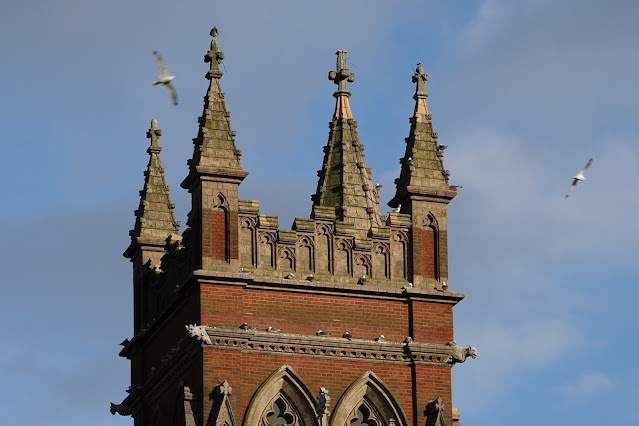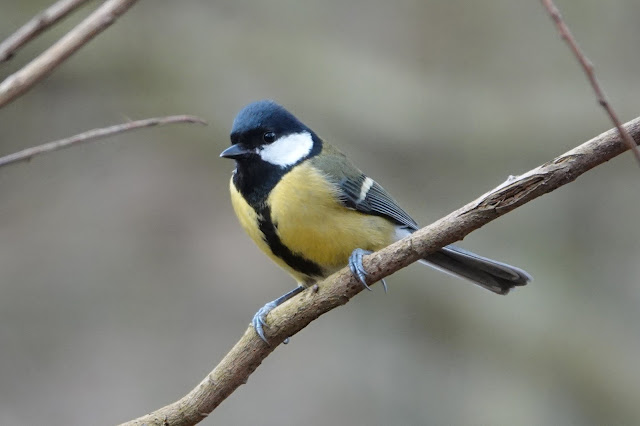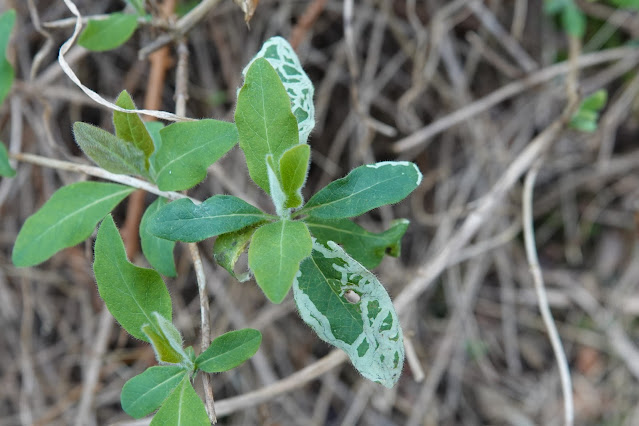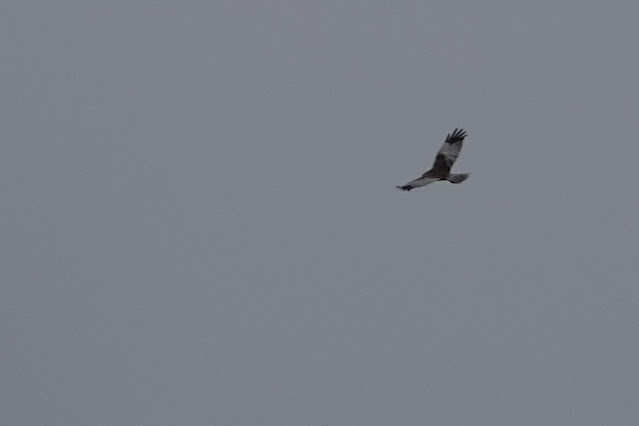6th February:
A cold crisp day with a covering of ice and frost greeted Roy
W, Pete G and I at Fowlmere and after an hour’s wait the smart male Rustic
Bunting obliged and popped up in the hedge. A very chestnut individual with a
well developed head pattern. He was sharing the hedge with Yellowhammers, Corn
Buntings, Corn Buntings and a few finches that included a couple of Bramblings.
 |
| Rustic Bunting |
A walk around the nice dry boardwalk produced a single Water
Rail. With the day still young we headed north to Fen Drayton GP where a
Spotted Sandpiper had taken up residence prior to Christmas. A bit of patience and
some intent searching produced good if somewhat distant views. A hyperactive
wader with cold grey brown upperparts, a prominent supercilium and obvious
yellowy legs. A couple of Green Sands
shared the pit while two Chiffchaffs called from the hedges but remained
invisible. With nothing else about we
came home pleased with a morning well spent.
7th-10th February:
My Jurassic Coast Hillslope Analysis Fieldtrip with Uni was thoroughly
enjoyable and I got to visit many sites west of Weymouth that I have not been
to before [Eds or in fact since]. Black
Redstarts were seen in Lyme Regis and at Durdle Door along with a Peregrine.
20th February:
Pete and I wiggled our way along the north Kent coast seeing
may Thrushes in the orchards, Golden Plover, Lapwings, Avocets and Pintail around Funton
Creek before arrived at our destination of Harty Marshes. There were thousands of Geese [Eds: yes,
there used to be huge flocks each winter] – mostly Russian White-fronts but
amongst them were a few Barnacles, a Taiga Bean, some Canada and Greylags and
the hoped for adult Lesser White-fronted Goose which I managed to find on three
occasions. A herd of 45 Bewick’s Swans
fed over the back before eventually flying closer but there were no Whoopers
amongst them.
Marsh and Hen Harriers performed well including a fine male
of the latter that quartered the closest reed filled ditches. The top field
near the farm held its usual winter flock of Ruff and they are definitely
becoming a more regular sight at this time of year.
27th February:
Back down to Kent again with Pete with Greatstone being our
first port of call and within ten minutes I had found the first-winter Ring-billed
Bill. A very distinctive bird with a heavily mottled head and underparts and a
stout black-tipped pink bill. My best views of this age so far.
 |
| Ring-billed Bill |
On to Dunge where the pits provided us with 35 Smew [Eds:
not one last year in all of Kent…], many Goldeneye, Black-necked Grebe and
Black-throated Diver. A check of the gulls failed to produce the Glauc but I
did find and adult Yellow-legged Gull.
Folkestone next and the expected Med Gulls were easily seen
with three adults, two 1w and a 2w bird around the cliff top while a 2w Iceland
Gull was loafing offshore which was a good bonus. [Eds: in the early 1990s
Folkestone was probably one of the easiest places to see winter Med Gulls along
with Mike at the end of Southend Pier.
Things changed very quickly from then on…]
 |
| Med Gulls with two Black-heads |
From here we dashed to Dover to some curious little park on
the north of town where we soon found the Black-bellied Dipper on the bubbling
clear chalk stream. It was quite
confiding and two Grey Wagtails added a touch of further class. Having cleared up we headed for home.
 |
| Black-bellied Dipper |

















































